|
Triangle Posture - Trikonasana - is a relatively new addition to the physical practices of yoga. Along with most other standing postures, Triangle is absent from the texts of Hathayoga. It makes an appearance in the 1920-30s as yoga in India is becoming more exercise oriented. This makes it strange to speak of something like a 'traditional' Triangle Posture, since its use in yoga has yet to hit the hundred-year mark. Below we have traced the transmission and progression of Triangle Posture through the last century, especially in Kolkata and the Ghosh Lineage. Among the students of Ghosh, it was consistently practiced for decades since its earliest iteration in 1938 with Buddha Bose. In the 1960s the posture disappears before being reborn as a deep sideways lunge. This is seen in Bikram Choudhury and Jibananda Ghosh but nowhere in Kolkata itself. It seems that this is an influence from bodybuilding, though it is unclear exactly when, where and why the change occurred.
It would appear that the evolution of Triangle Posture into a deep sideways lunge shows influence from bodybuilding. It is unclear if this is an innovation of Choudhury himself, or if it occurred more generally around the time when he was learning. Evidence of bodybuilding's influence on Choudhury's instruction is visible in other places as well, including the instruction to 'lock the knee'.
Triangle Posture itself is a relatively new addition to 'yoga' practice, probably being adopted in the 1920-30s along with other standing, exercise-based positions and movements. After its adoption as a yogic asana, it was relatively stable in its practice for decades. In the Ghosh lineage, it was done with one knee slightly bent, the torso parallel to the ground, and one hand touching the foot. In the 1970s, the posture underwent a significant change, perhaps being reinvented entirely, turning into a deep sideways lunge that resembles a bodybuilder's pose. This version is taught by Choudhury and his students.
For another posture that underwent significant development and change in the 1960-70s, see the Standing Bow Posture. (Thanks to Jerome Armstrong for the insight about bodybuilders.)
4 Comments
Mula bandha is a somewhat common technique in modern yoga. It is generally accepted that this technique, which means 'root lock', is a contraction of the muscles of the pelvic floor. Some interpret this to be the perineum, the anus, or a combination of the muscles in the pelvis. The anatomical specifics of how and when to do mula bandha are not the goal of this article. Today we are looking at where the practice comes from, and perhaps why it was developed. The instruction of mula bandha dates back to the early days of Hathayoga, around the 12-13th centuries CE. At this time, Hathayoga was gradually forming out of the tantric beliefs of Buddhism and Shaivism. Alchemy, the attempt to forge new substances, was widely accepted, and the spiritual seekers began practicing an 'inner alchemy' where the magic happens inside the body of the yogi. According to this alchemical belief, the inner elements of a person could be forged to create immortality, divinity or great power. As Shaivism (the worship of Shiva) became more prominent in Hathayogic teaching, the concept was related specifically to the awakening of kundalini, a latent power of pure consciousness. The way that kundalini is awakened is by manipulating the 'winds' of the body, some of which naturally go up while others go down. In Hathayoga, mula bandha is specifically intended to take the downward-moving 'wind', called apana, and push it upward. Once the apana wind is turned upward, it is fanned with the abdomen to heat it. Then it combines with the upward wind, called prana. The combination creates an inferno that awakens and raises kundalini. Below is an excerpt from the Hathapradipika, perhaps the best known text on Hathayoga:
As you can see, mula bandha is specifically intended to turn apana upward, where a whole series of events follows. This description of mula bandha is present in almost all the texts of Hathayoga. Here is one other, from the Goraksasataka, translated by James Mallinson. I include it because it is pretty elaborate and well-explained:
This explanation continues to the modern day, though it is rarely incorporated in common yoga posture classes that remove esoteric or spiritual overtones. For obvious reasons, a simple muscular contraction is far easier to teach and understand than a detailed metaphysical system of bodily winds and latent spiritual energy. Nonetheless, Swami Sivananda and his students like Vishnudevananda explain mula bandha similar to the older Hathayogic way. Iyengar, in Light On Yoga, foregoes the apana-kundalini approach and explains mula bandha a little differently. He initially explains the bandhas as closing off "safety valves", which is reminiscent of the old way. But he goes on to interpret the term mula bandha as follows: mula means 'source', and bandha is 'restraint'. So mula bandha is the restraint of the mind, intellect and ego. This recalls Patanjali's famous definition of yoga at the beginning of the Yoga Sutras. Here is what Iyengar writes in Light On Yoga:
We don't think it's a stretch to say that this is a reinterpretation of the meaning of mula bandha. Separately, in modern practice and teaching mula bandha is sometimes taught as a physically stabilizing technique, again quite different from its original iteration.
What does it all mean? Like so many things in yoga, the purpose of the practices can change so that they become unrecognizable. Does that make them less effective, useful or valuable? Perhaps. We think it is worth asking ourselves why we do what we do. What are the underlying reasons? Personally speaking, we do not hold the belief that our bodies are populated by 'winds', as was apparently the belief for some time during the development of Hathayoga. We attribute our 'digestive fire' not to actual fire but to hydrochloric acid in the stomach. And we attribute urination and excretion not to downward-moving apana wind but to peristaltic movement of the intestines and contraction of the sphincters. Do these beliefs make something like mula bandha anachronistic? We think that they do. |
AUTHORSScott & Ida are Yoga Acharyas (Masters of Yoga). They are scholars as well as practitioners of yogic postures, breath control and meditation. They are the head teachers of Ghosh Yoga.
POPULAR- The 113 Postures of Ghosh Yoga
- Make the Hamstrings Strong, Not Long - Understanding Chair Posture - Lock the Knee History - It Doesn't Matter If Your Head Is On Your Knee - Bow Pose (Dhanurasana) - 5 Reasons To Backbend - Origins of Standing Bow - The Traditional Yoga In Bikram's Class - What About the Women?! - Through Bishnu's Eyes - Why Teaching Is Not a Personal Practice Categories
All
Archives
May 2024
|

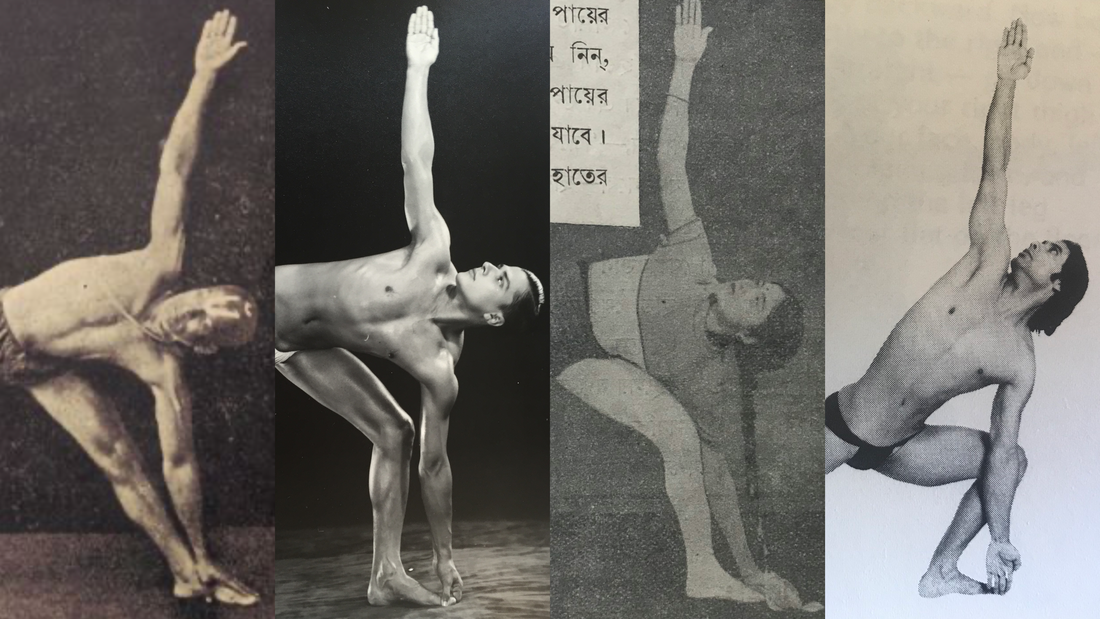
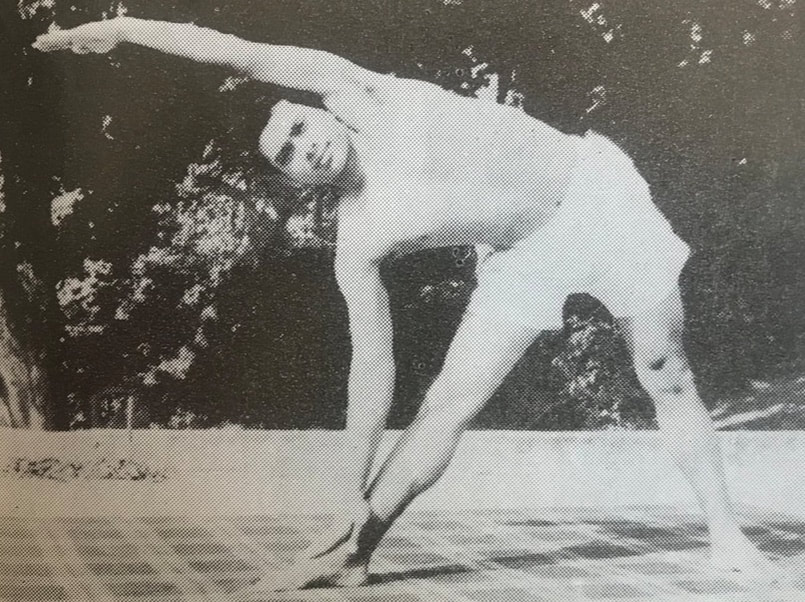
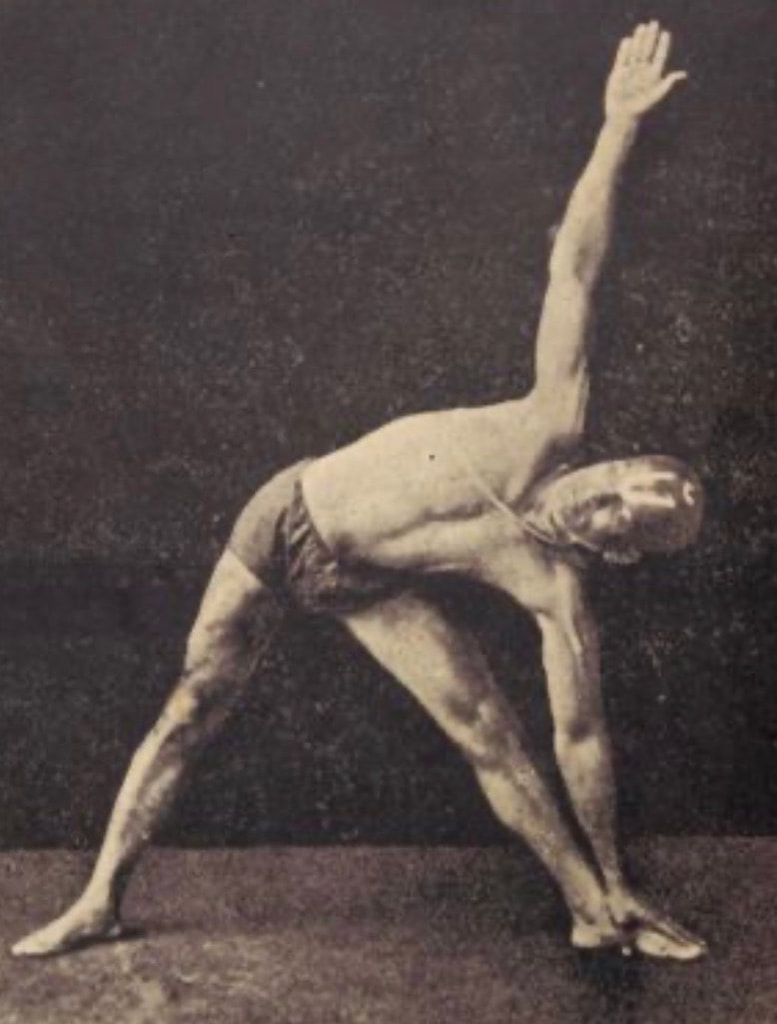
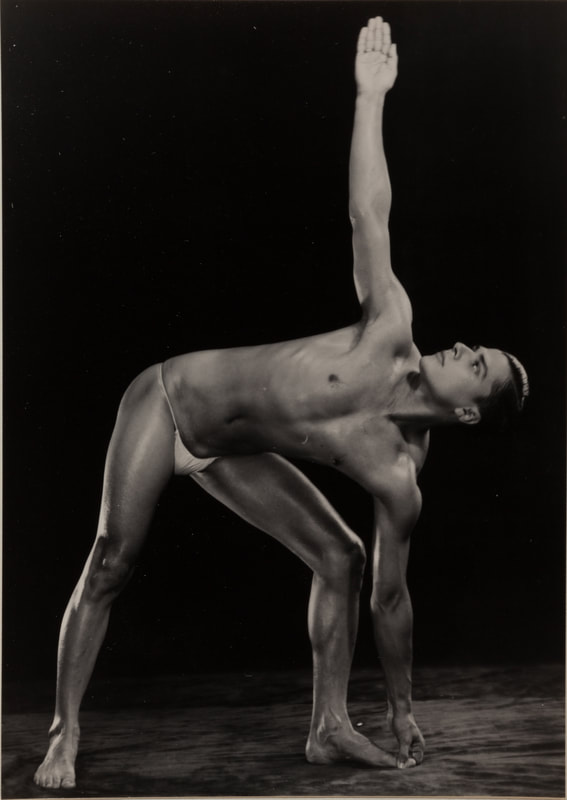
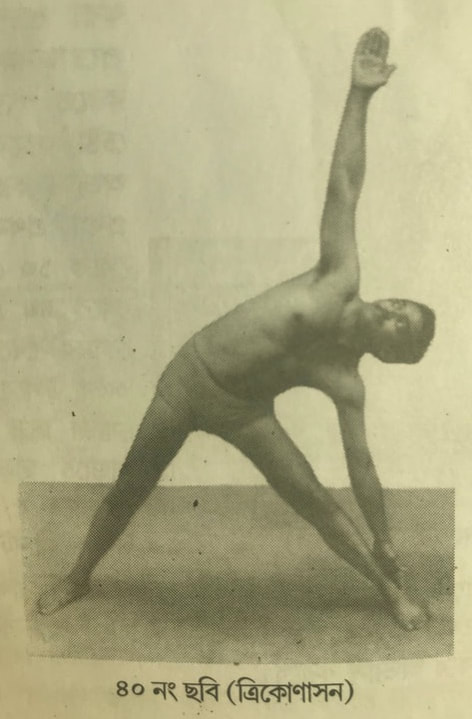
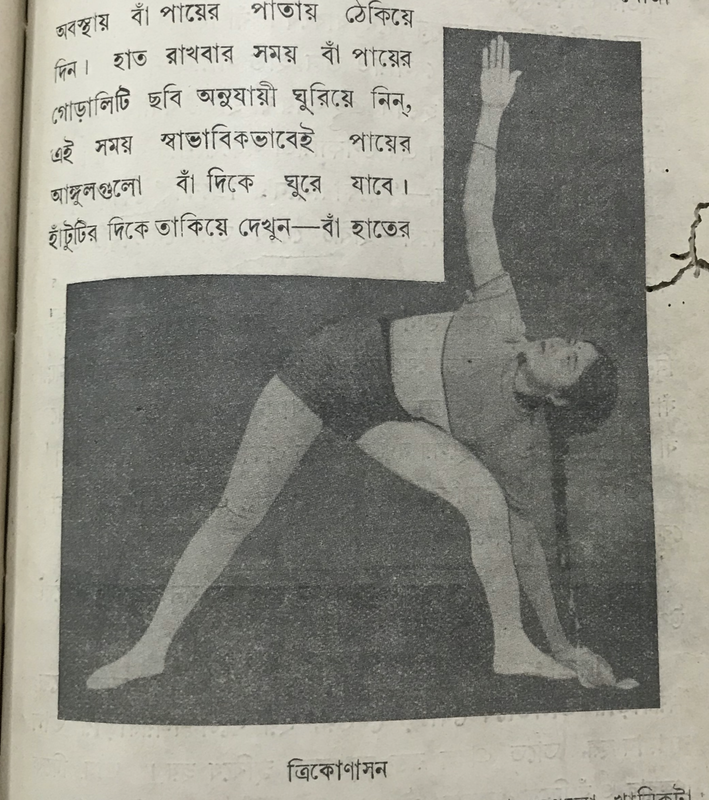
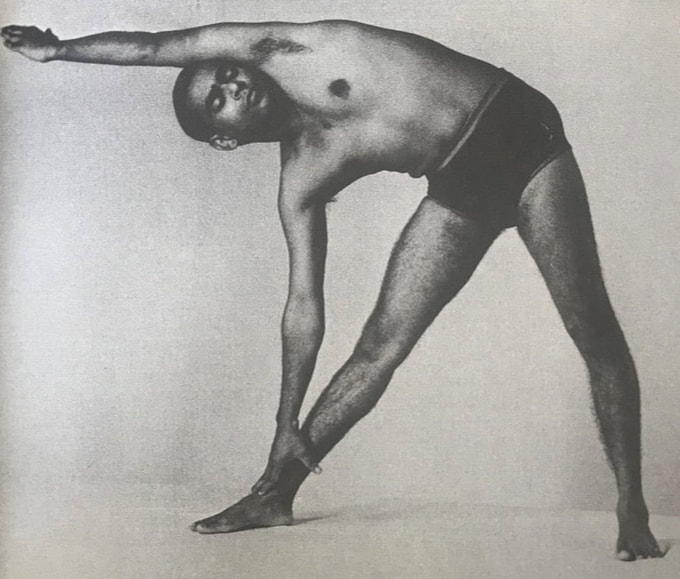
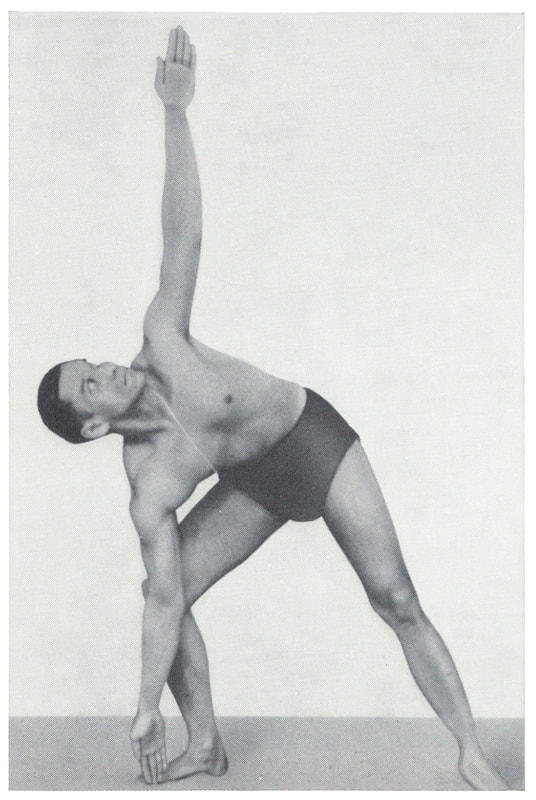
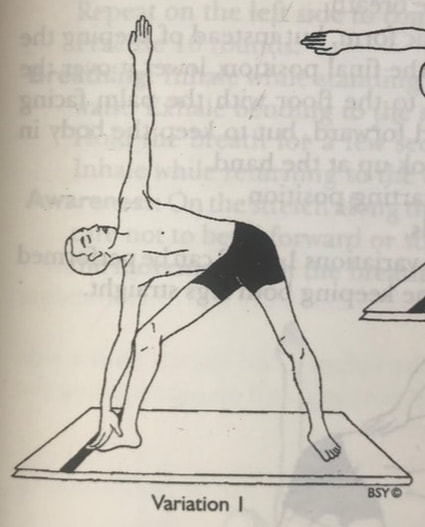
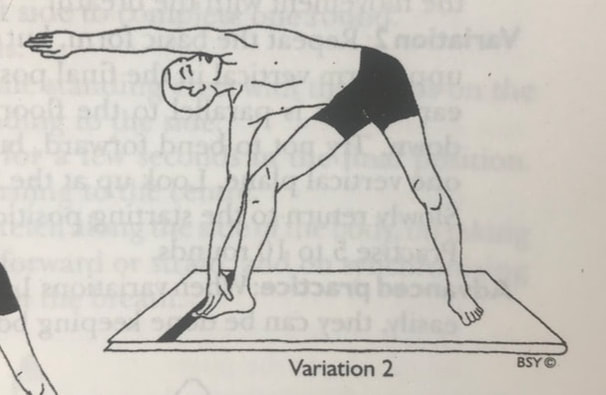
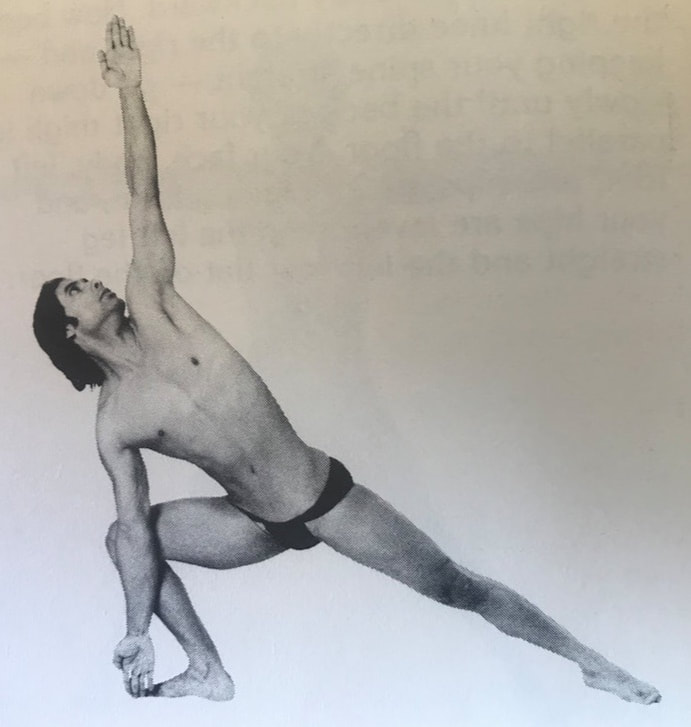
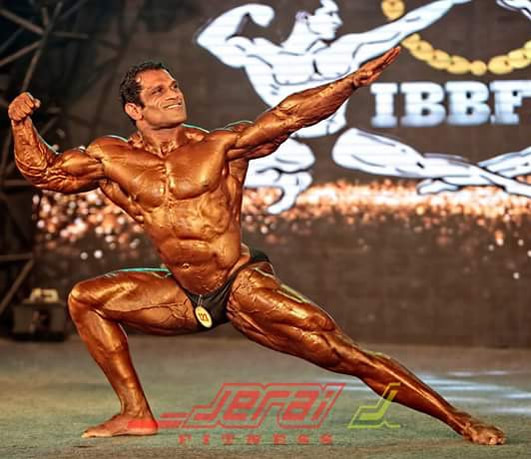
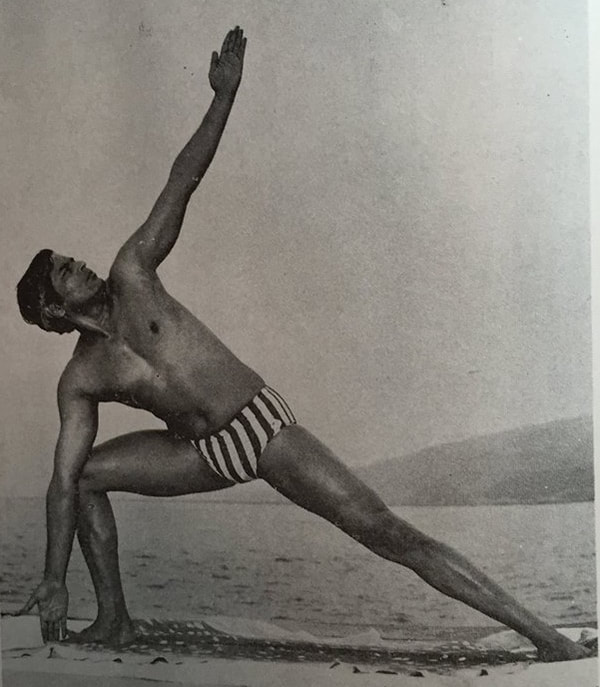
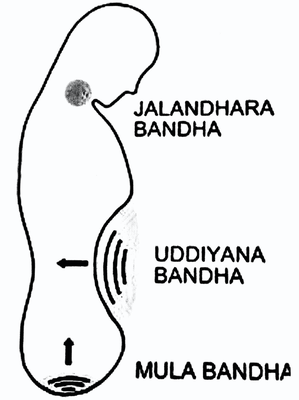





 RSS Feed
RSS Feed